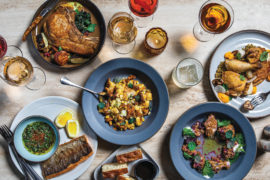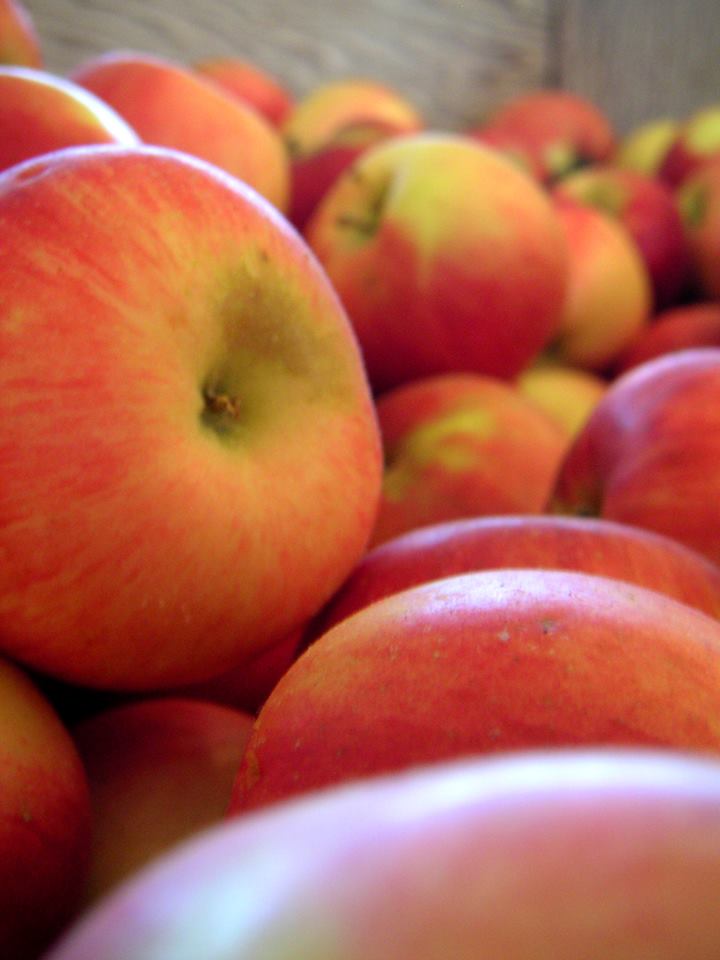written by Sophia McDonald | photos by Jen Jones
Bite into an Oregon pear this fall, and chances are you’re eating one of the varieties your parents or even grandparents enjoyed as kids.
Buy it from an Oregon pear grower, and it’s possible that person is related to the same farmer who peddled fruit to your ancestors.
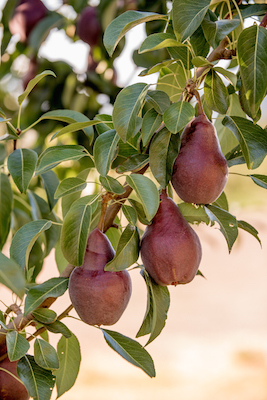
“Pears are kind of a unique crop,” said Adam McCarthy with Trout Creek Orchard in Parkdale, from the porch of the blue farmhouse where he grew up. The sound of pear trees blowing in the breeze makes a calming shushing sound behind him. “They’re still a commodity in a lot of regards, but they’re also a niche. Because the industry is so small, it’s developed differently. We’ve had a really standard set of pear varieties that haven’t changed in 100 years.”
Compare that to apples, where new varieties are constantly entering the market, and it’s easy to understand the charm of pears. They’re familiar, predictable as an agricultural crop can be, and their appeal is universal.
McCarthy’s great-grandfather, Homer Rogers, likely identified these traits when he moved to the region in 1910. In addition to building the Mt. Hood Lodge, Homer planted and maintained a small orchard on his property. His children also dabbled in farming, raising animals and hay on adjacent parcels of land.
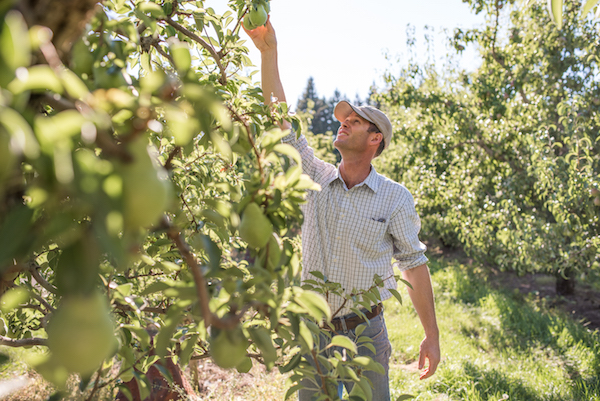
McCarthy’s parents, Mike and Susan, were the first to invest heavily in the business of growing pears. Beginning in 1980, they replaced many of the property’s neglected trees and coaxed the remaining ones back to productivity. Their efforts made a big impression on McCarthy.
He studied agriculture at the University of California-Davis, and he spent summers working on a cattle ranch and interning at various farm-related businesses. In 2007, he took a job as an orchard manager for Bear Creek Corporation, which owns Harry & David in Medford.
In the back of his mind, he always knew he’d come back to the family farm. “It’s different when it’s your legacy,” he said. “I saw my parents put a lot of blood, sweat and tears into the business. I have to give them a lot of credit. Otherwise I wouldn’t be here today with the opportunity that I have.”

When McCarthy returned to Trout Creek Orchard in 2013, he took over day-to-day operations so his father could focus more on the “fun” parts of farming. The younger McCarthy spends much of his time in the orchard, where he makes decisions about pruning, irrigation, disease management and sales. The 225-acre orchard produces about 3,500 tons of bartlett, bosc, anjou, comice and red starkrimson pears every year. Nearly all of them go to a distributor for fresh sales.
“There’s really a good energy of young people here,” McCarthy said of the Hood River region. Many of the orchard owners around him are children returning to take over their parents’ businesses. The allure of carrying on the family legacy and producing food is just too great to ignore.
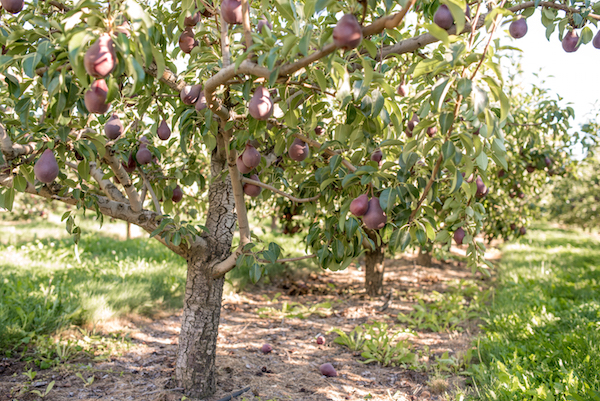
Washington and Oregon grow 84 percent of the pears available in the United States, according to Pear Bureau Northwest. The region’s 1,600 growers produce about 3.3 billion pears every year, with one-third of them coming from Oregon. The volcanic soil at the base of Mt. Hood, coupled with warm days and cool nights, make the Columbia River Gorge an ideal place to grow the tree fruits.
Sean Temple, the chef at Accanto Bar + Cucina in Portland, likes to blend the fruit into a Pear mostarda. Mostarda is an Italian condiment that’s often made with dried fruit. Temple recommends serving the mostarda with grilled or smoked trout.
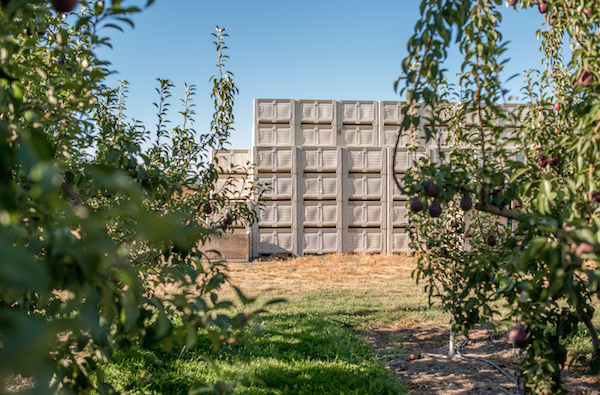
“Using ripe pears is definitely the way to go when cooking them,” Temple said. “The sugars are just so much more prevalent. The deep pear flavor will pop a lot more as opposed to using under-ripe ones.”
While most people think of making tarte tanin with apples, pears are a great substitute. The updated interpretation of this classic recipe comes from SunStone Artisan Bakery in Ashland. “Add spices, nuts and/or cheeses for extra pizzazz,” said owner Ben Carder.
Chef Joe Silliman with The Crooked Tree Tavern & Grill in Hood River shares a recipe for pork tenderloin with pear chutney. The tartness of the mustard and vinegar in the recipe pair well with the sweetness of the fruit and the warming spices, which include nutmeg and ginger.
Boozy poached pears in a bed of fresh greens, hazelnuts and raspberry vinaigrette is a favorite at Rye, a Eugene restaurant that specializes in European village cuisine made from Northwest bounty, as well as pre- and post-Prohibition cocktails. If you prefer to drink your pears, try a pear-gin(ger) smash. Co-owner Kiyallah Heatherstone is the brains behind the sweet-tart combination of pears, gin and lemon juice.

